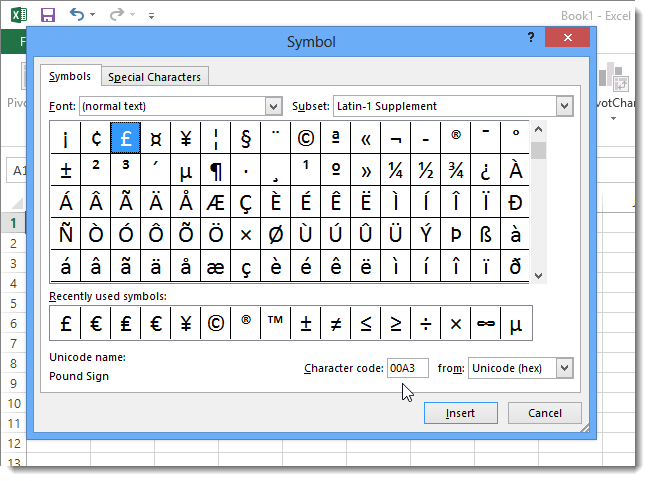

For further documentation, see the sysrq key documentation, and the kernel source file /drivers/tty/sysrq.c.Īlt+SysRq+f can be used to invoke the OOM (out-of-memory) killer without causing a kernel panic if nothing can be killed. The whole set of REISUB functions can be enabled by setting it to 244, although this also enables the additional functions listed in the last column of the table. Unmount and remount all filesystems read-only.įor example, to selectively enable just the reboot function, set kernel.sysrq to 128. Send SIGKILL to all processes, forcing them to terminate immediately. Send SIGTERM to all processes, allowing them to terminate gracefully. You should not blindly press these sequences each time without knowing their actual function as noted below. Note: Please be aware that "REISUB" itself is just a mnemonic, not any kind of general recommendation for the key press sequence to take back control of an unresponsive system. Alternatively, think of it as "BUSIER" backwards. That said, make sure you fully understand the implications of enabling it and the dynamics of the larger context in which your system is operating before you turn sysrq all the way on.Ī common idiom to remember this is " Reboot Even If System Utterly Broken" (also referred to as "REISUB"). Since using it requires physical access to the system (unless you go out of your way), most desktop users will probably consider the level of risk acceptable. In addition to forcing reboots and the like, it can be used to dump the contents of the CPU registers, which could theoretically reveal sensitive information. There are some obvious security risks involved in fully enabling the sysrq key. If you want to try changing the sysrq settings for just your current session, you can run either sysctl kernel.sysrq=1 or echo "1" > /proc/sys/kernel/sysrq. Note that changing the setting through these methods will cause the changes to persist across reboots. If you want to make sure it will be enabled even before the partitions are mounted and in the initrd, then add sysrq_always_enabled=1 to your kernel parameters. Values greater than 1 can be used to selectively enable sysrq functions see the Linux kernel documentation for details.

BUTTON SHORTCUTS FULL
To allow full use of the sysrq key on your system, add kernel.sysrq = 1 to your sysctl configuration. Systemd has the sysrq permissions bitmask set to 0x10 by default, which does not allow process signalling or rebooting, among other things. See Wikipedia:Magic SysRq key for more details. Whenever possible, it is recommended that you use these shortcuts instead of doing a hard shutdown (holding down the power button to completely power off the system). Alt with a mouse scroll will display the Tab Cycler.There are several low level shortcuts that are implemented in the kernel via the sysrq key which can be used for debugging and recovering from an unresponsive system.Ctrl / ⌘ and a mouse scroll can be used to Zoom the page in or out.Ctrl / ⌘ + Shift and a click will open the link in a new Window.Shift and a mouse click will open the link in a new foreground Tab.Ctrl / ⌘ and a mouse click on a link will open the link in a new background Tab.There are many useful actions that can be done using the keyboard keys together with the mouse. To learn about Webpage Access Key Shortcuts, check out the Help Page here. While browsing, use the keyboard shortcut Ctrl+F1 / ⌘ F1 to view a cheat sheet of all the available keyboard shortcuts. To reset the default keyboard shortcut, hover over the shortcut and click on Restore Default Shortcut.To edit a shortcut, place the cursor in the input field and enter the preferred key sequence.Delete a keyboard shortcut hover the mouse cursor over the shortcut and click the Clear Shortcut button to the right of the input field.Go to Settings > Keyboard to start adding or editing shortcuts.Most things can be done in Vivaldi with the keyboard alone, such as opening, closing and switching Tabs, toggling the visibility of UI elements and creating Notes.


 0 kommentar(er)
0 kommentar(er)
